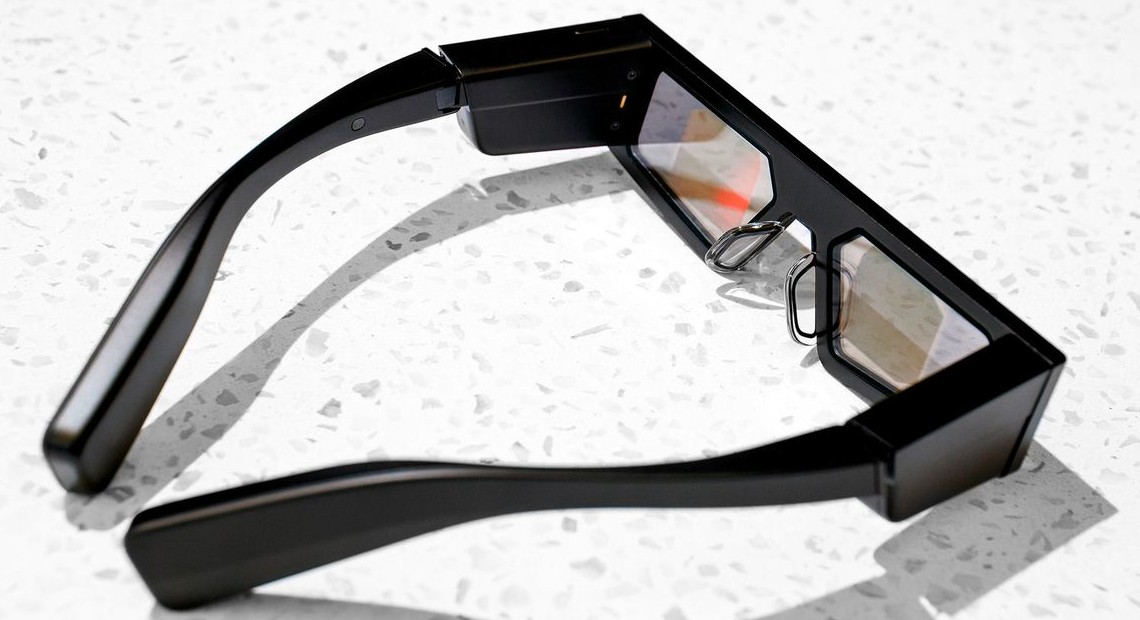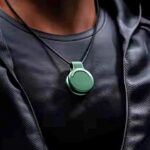Snap is betting directly on hardware and developers. Today, let’s talk about one that strangely flies a little under the radar — and is taking a more straightforward path.
Snap has been quietly focused on two ideas
While other companies are using press interviews and op-eds to paint grand visions of the metaverse. Snap has been quietly focusing on two of the ideas that can actually bring it into being. Steadily improving its hardware every year or so, and attracting developers by giving away that hardware while offering them ways to profit from it.

AR glasses convert your field of vision into a virtual computer screen on which you can receive messages, play games. In addition interact with digital or real-world objects for educational or commercial purposes.
Most platform executives agree that this would be a good and useful thing to have, and that many people would buy the hardware to make it happen.
The problem is that the technology isn’t there yet: creating high-resolution projections with a device that fits on your face, has a long battery life, and is affordable is far beyond today’s platforms’ capabilities.
Someday high-tech glasses will become Apple’s successor to the iPhone.
“Snapchat parent Snap earlier this year added AR functions to the latest version of its Spectacles smart-glasses. Which are so far only available for developers”. The Journal said of Snap, which released the first major set of high-tech glasses with Spectacles in 2016.
The flaws are all very obvious. The most significant of these is Spectacles’ current technology’s ability to produce a relatively small field of view. You might assume that when you put on the glasses, you’ll be able to see a digital overlay that covers everything you see. Instead, it appears as a small box in the middle of your vision. As a result, I was constantly attempting to “place” the digital effect back in the box where I could see it.
Snap faces a lot of competition
Snap is up against a lot of competition as it tries to turn today’s Spectacles into tomorrow’s iPhone. Apple is working on its own headset that will combine AR and VR and will be released next year, according to reports. Meta is also planning to release AR glasses next year.
In addition, Microsoft recently announced a partnership with Samsung to work on a future generation of its HoloLens headset, which will presumably be targeted at consumers.









 and then
and then